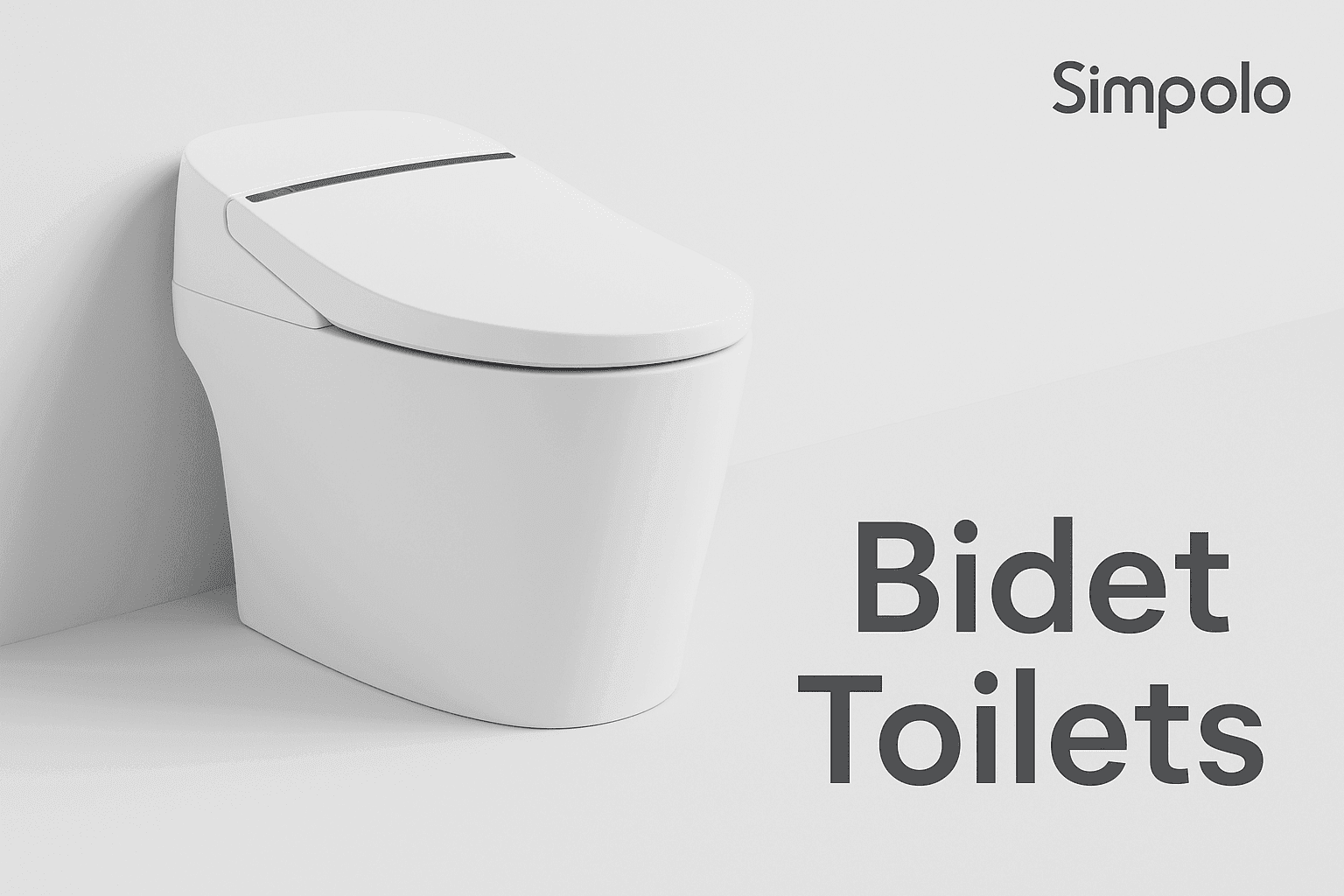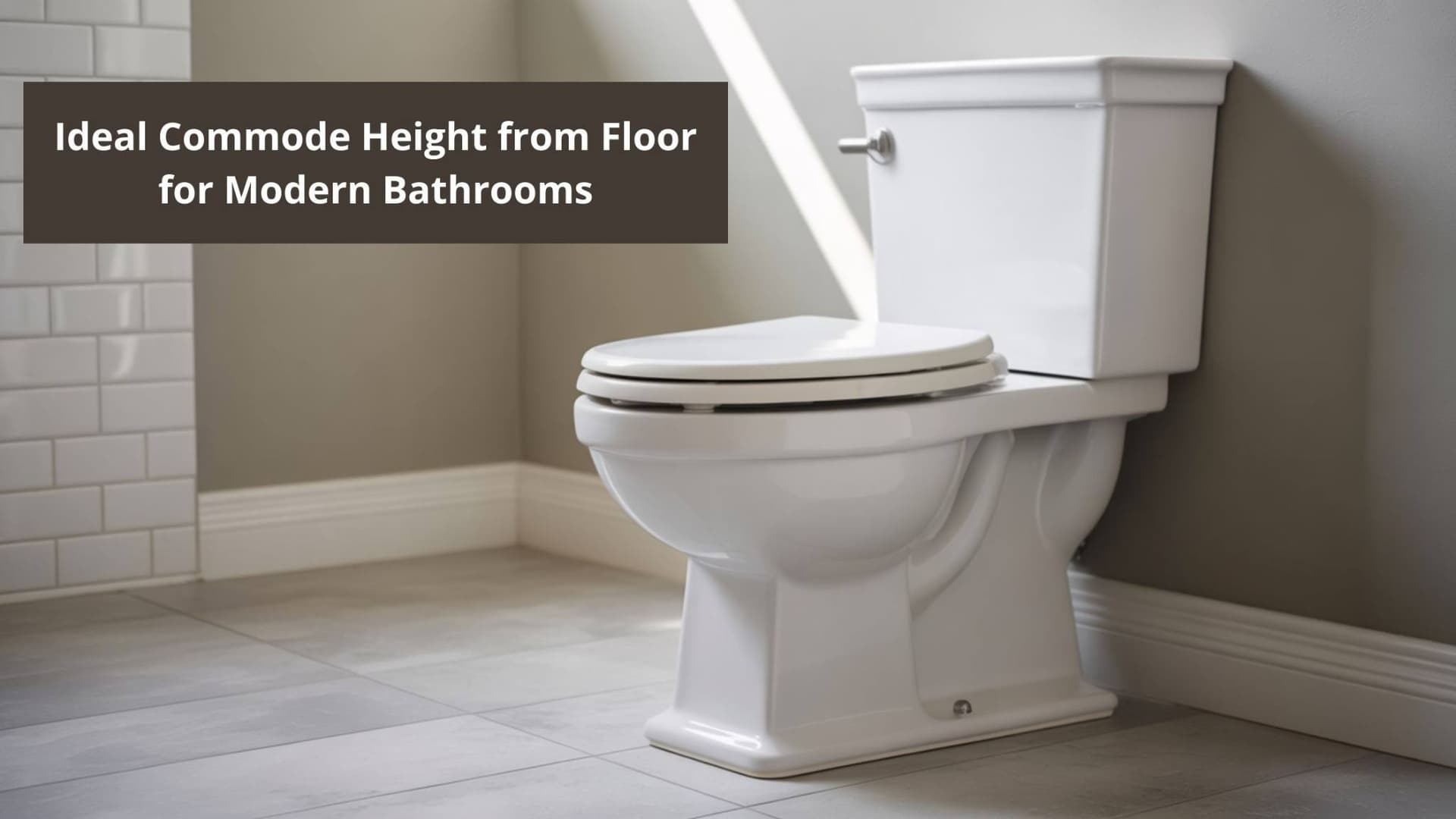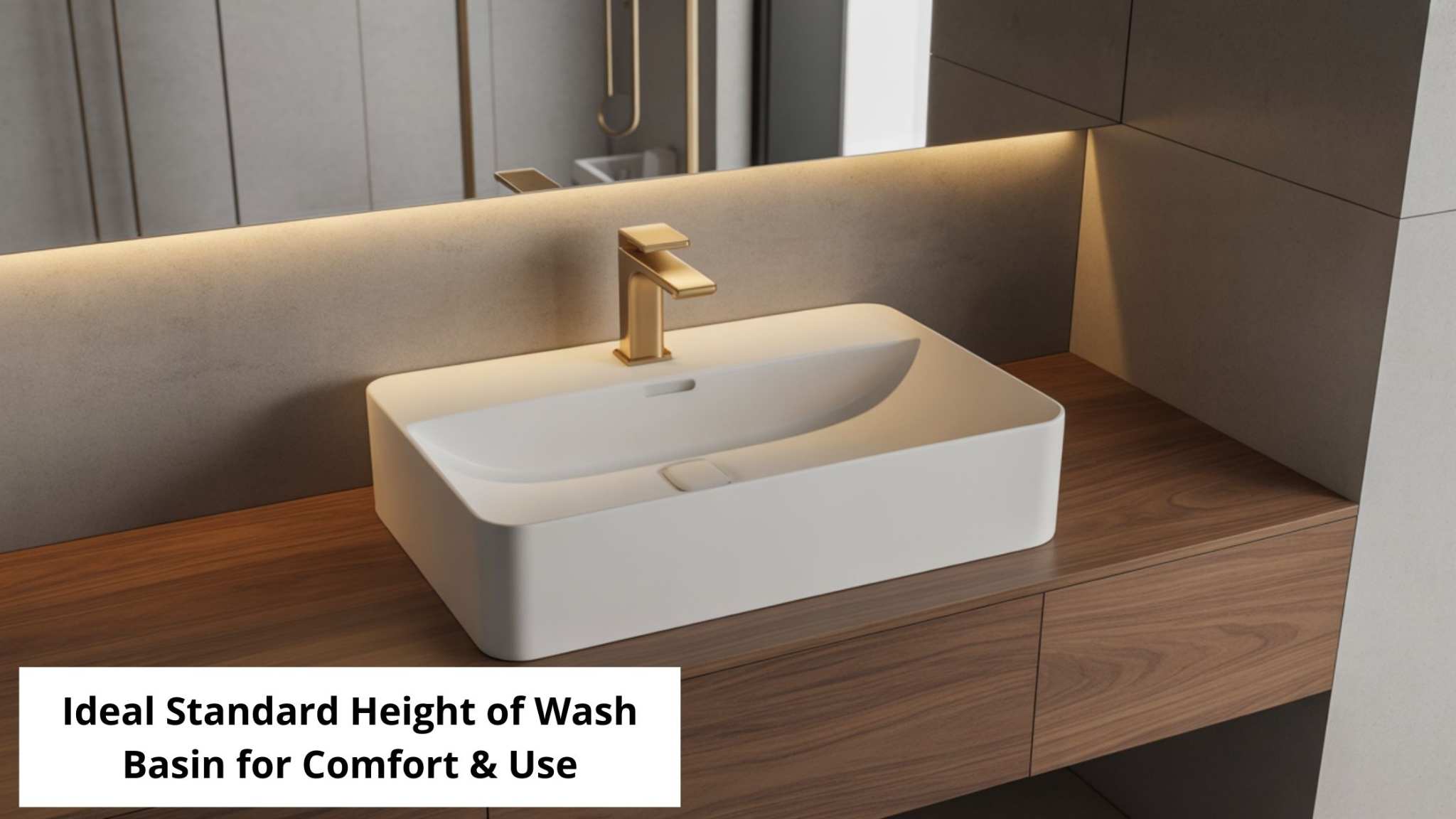What Is a Bidet and How Does a Bidet Toilet Work?

A bidet toilet is a modern bathroom fixture designed to clean your intimate areas with a gentle stream of water, often delivered through a bidet faucet , offering a hygienic alternative to traditional toilet paper. Once considered a luxury, bidets are now gaining popularity worldwide for their superior cleanliness and eco-friendly benefits. If you’ve ever wondered what a bidet is or how it works, this guide will walk you through everything you need to know. From understanding the different types and how they function to learning about their advantages and how to use them properly—this article covers it all.
What is a Bidet?
A bidet is not a toilet, rather, it is a separate fixture that you use after using the toilet to wash yourself with water. The word comes from 17th-century French, and it simply means ‘pony’, referring to how you straddle it.
Originally, bidets were low, basin-like fixtures - often called bidet basins - placed next to the toilet. But with modern space constraints, especially in urban homes, these have evolved into bidet toilets—smart, all-in-one units that combine the bidet toilet flush function of a toilet with the washing feature of a bidet. Compact, hygienic, and increasingly popular, bidet toilets are ideal for small bathrooms and offer a cleaner, more comfortable experience than traditional options.
How Does a Bidet Toilet Work?
- Simple Operation: Once you have used the toilet, instead of reaching for a tissue or a spray gun, you simply press the button or turn a dial bidet spray. A small nozzle extends beneath the seat and sprays a stream of water for cleaning you up. You can usually adjust the pressure and temperature, making the experience far more comfortable than you’d expect.
- Smart Features in Advanced Models: Some bidet toilet seats come with air dryers, heated seats, automatic lid openers, night lights, and even deodorising functions. The ones with remote controls let you personalise settings like water direction, oscillation, and cleaning duration. Smart bidets can even remember individual user preferences.
- Adjustable Water Pressure and Temperature: Adjustable settings in a bidet are useful for water pressure. Most bidet models have built-in temperature control, so you don’t get a cold shock during winter mornings. The Stevia EWC range comes with a minimal design and smooth edges that go well with concealed systems and modern bidet add-ons.
- Hygiene and Nozzle Cleaning: The nozzles are self-cleaning in most models. Some retract automatically after use. Newer models even have UV sterilisation.
Also Read: Tips to Choose the Best Toilet Tiles for Your Bathroom
Benefits of Using a Bidet Toilet
- Improved Hygiene: The biggest advantage of a bidet toilet is that washing with water is simply more hygienic than wiping with a tissue. If you’ve ever had to use dry toilet paper during travel, you know the discomfort it leaves behind. A bidet toilet gently cleans without irritation, which is especially helpful for people with sensitive skin.
- Enhanced Comfort: Another highly praised function of this kind of toilet is comfort. Heated seats, controlled water flow, and hands-free cleaning make a considerable difference, particularly for older adults, pregnant women, or those recovering from surgery.
- Eco-Friendly and Economical: Next, there are the environmental benefits of using a bidet toilet. Using water instead of paper means less cutting of trees and less strain on sewage systems. It also means you can save money on buying tissue rolls every month.
- Ideal Product Pairing: Our Catino EWC is an excellent choice to pair with bidet seats. It offers a smooth silhouette and is compatible with multiple add-on fittings, giving both form and function.
How to Properly Use a Bidet Toilet?
Using a bidet may feel unusual at first, but once you get used to it, there’s no going back. If you are a first-timer too, let us help you with step-by-step actions:
- Once you’ve used the toilet, stay seated. Look for a control panel, either on the side of the seat or as a remote. Press the button to activate the bidet spray.
- Start with a lower pressure and slowly increase if needed. The nozzle will aim at the right spot automatically, though some bidet models let you adjust the direction. Most units allow you to choose the water temperature. If you’re new to it, lukewarm water is safer.
- After washing, many bidet toilets offer an air-dry function. If yours doesn’t, you can pat it dry with a small bidet towel or tissue. However, do not stand up or shift around during the process.
As a recommendation, try not to press all the buttons at once and get familiar with the panel before you use it. The controls are usually marked clearly, with separate ones for posterior wash, feminine wash, drying, and stop.
Also Read: Modern Toilet Seat Designs for Stylish Bathroom Interiors
Common Myths About Bidet Toilets
One common myth is that bidet toilets are only for wealthy people or five-star hotels. It is so inaccurate that in India, more people are now opting for bidet toilet installation in urban apartments, especially in metro cities.
Another myth is that bidet toilets in India are hard to clean or unhygienic. But in reality, they’re often cleaner than traditional toilets. The nozzles clean themselves, and the surfaces are antibacterial, since there is less contact involved compared to using a tissue.
People also think they need major plumbing work to install a bidet toilet. In most cases, you can retrofit your existing toilet with a bidet toilet attachment or bidet seat. Just connect it to the water supply, and you’re good to go. Our WC models, like the Letina or Zeus, come with customisable bidet seat attachments and use minimal changes.
Conclusion
Now that you know what is a bidet and how a bidet toilet works, it might be time to consider one for your home. Offering better hygiene, added comfort, and environmental benefits, it's a smart upgrade for any modern bathroom.
At Simpolo Tiles and Bathware, we design EWC and bathware products that blend functionality with elegance. Curious how a bidet toilet fits into your space? Explore our Digital Showroom for real-bathroom setups, tile pairings, and 3D mockups. Just remember to check your layout, measurements, and budget—and choose a solution that makes your bathroom cleaner, smarter, and future-ready.
FAQs About Bidet Toilets
What is the difference between a bidet and a bidet toilet?
A bidet is a separate unit used only for washing, while a bidet toilet combines both washing and toilet functions into one convenient fixture.
How do you use a bidet toilet?
You sit, press the wash button, adjust settings for comfort, and then either use the drying option or gently dry with a bidet towel.
Are bidet toilets hygienic?
Yes, they provide a thorough clean using water and often include features like self-cleaning nozzles or hygiene-focused technologies.
Can you install a bidet toilet in any bathroom?
In most cases, yes. It requires a nearby water connection and an electric outlet for full functionality.
How much does a bidet toilet cost?
Costs vary depending on features and design. Basic models are simpler, while advanced ones offer more convenience and customisation.







